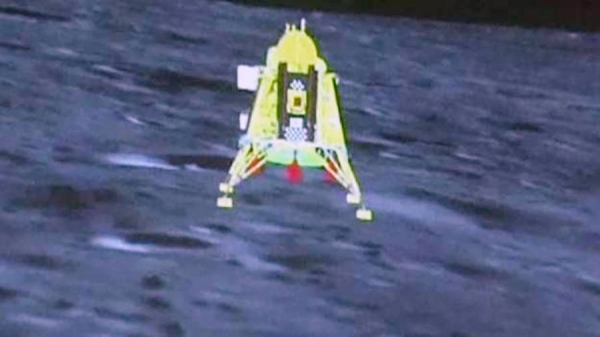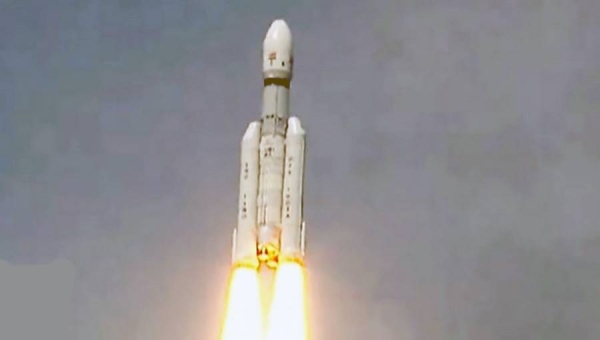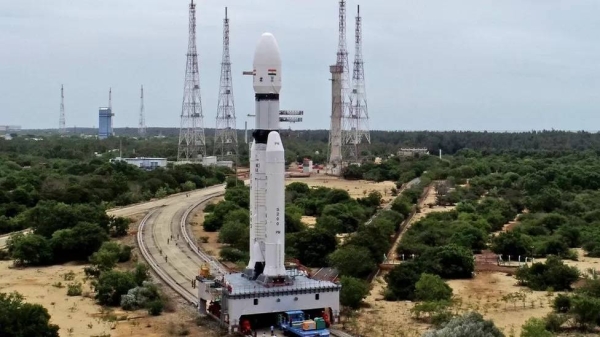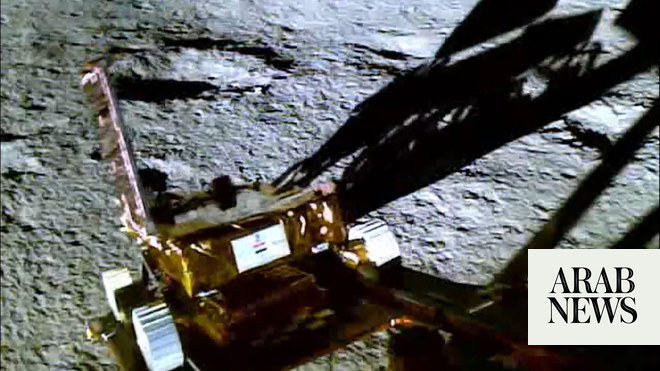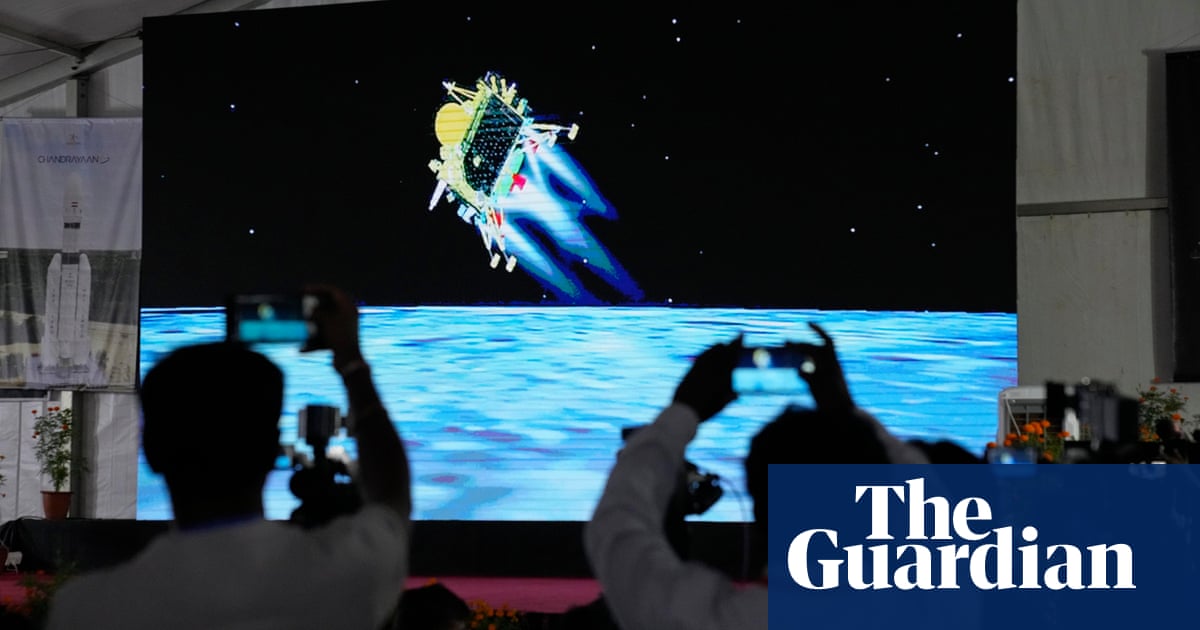
India has become the first country to successfully land a spacecraft near the south pole of the moon, in a historic moment that drew cheers at watching parties around the country.
“India is on the moon,” Sreedhara Panicker Somanath, the chair of the Indian Space Research Organisation, said as the Chandrayaan-3 spacecraft’s Vikram lander touched down shortly after 6pm (1230 BST) near the little-explored lunar south pole in a world first for any space programme.
The successful landing marks India’s emergence as a space power as the government looks to spur investment in private space launches and related satellite-based businesses.
People across the country were glued to television screens as the spacecraft approached territory that scientists believe could hold vital reserves of frozen water and precious elements.
“This is a victory cry of a new India,” said the prime minister, Narendra Modi, who was seen waving the Indian flag as he watched the landing from South Africa, where he is attending the Brics summit. “We are witnessing history.”
A wave of nervous excitement has gripped Indians in recent days as the scheduled descent approached. Temples and mosques held special prayers for a safe landing. On the banks of the River Ganges in Varanasi, Hindu monks bestowed blessings on the mission and blew conch shells.
At street parties on Wednesday evening, Indians celebrated the double triumph of being the first to land on the south pole and the fourth to land on the moon.
In the final few minutes before touchdown, the lander executed a complex manoeuvre, slowing down from 3,730 miles an hour to nearly zero and turning from a horizontal to a vertical position.
The right tilt and thrust at this moment were vital. If too much force was applied, the lander would have toppled. Too little force and it might have hit the lunar surface at the wrong place.
It was this end manoeuvre that went wrong in the final few minutes of India’s last moon mission in 2019, when the lander failed to change position and hurtled towards the surface during the final braking phase.
Chandrayaan-3 – “moon craft” in Sanskrit – took off from a launchpad in Sriharikota in southern India on 14 July, taking much longer to reach the moon than the Apollo missions in the 1960s and 70s, which arrived in a matter of days.
India is using rockets much less powerful than the US did back then. Instead, the probe orbited Earth several times to gain speed before embarking on its month-long lunar trajectory.
If all goes to plan, a rover called Pragyaan, the Sanskrit word for wisdom, will roll out of the belly of the lander on a ramp then roam around the moon’s surface for two weeks. It has been designed to take pictures, conduct experiments on the geology and the origins of the Earth, and investigate the presence of water ice.
If found in significant quantities, water ice could allow future crew missions to set up base there as it could be used to extract oxygen and fuel. Some scientists believe that the south pole, which is hidden from Earth’s view and is full of craters and trenches, may be the most promising site for a future base.
India’s successful landing comes days after Russia said its first moon mission in 47 years, which also targeted the south pole, had failed after its Luna-25 spacecraft spun out of control and crashed. Russia’s head of the state-controlled space corporation, Roscosmos, attributed the failure to lack of expertise due to the long break in lunar research that followed the last Soviet mission to the moon in 1976.
The former Soviet Union, the US and China have already achieved a soft landing on the moon but in another region, near the moon’s equator.
With nuclear-armed India emerging as the world’s fifth-largest economy last year, Modi’s nationalist government is eager to showcase the country’s rising standing as a technology and space powerhouse. A successful moon mission dovetails with Modi’s image of an ascendant India asserting its place among the global elite and would help bolster his popularity ahead of a crucial general election next year.
The anticipation for a successful landing rose after Russia’s failed attempt and as India’s regional rival China reaches for new milestones in space. In May, China launched a three-person crew for its orbiting space station and hopes to put astronauts on the moon before the end of the decade.




